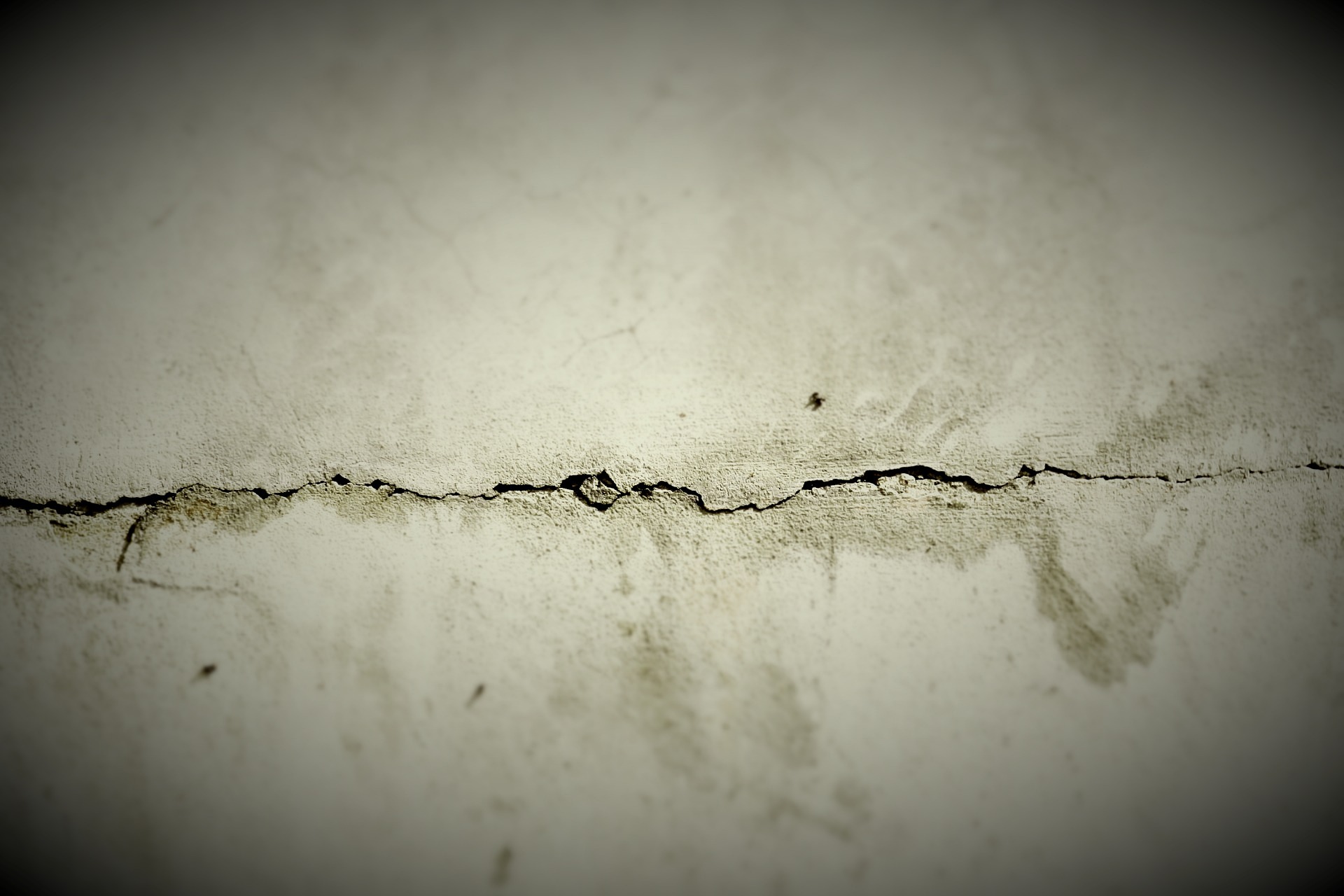Concrete Crack Repair: Methods, Causes, and Maintenance
Concrete cracks are common but not always urgent. They can appear in driveways, sidewalks, foundations, and walls as a result of many different influences. Understanding the cause, assessing severity, choosing an appropriate repair method, and maintaining the repaired surface helps extend concrete life and reduce the risk of further damage.

What causes concrete cracks?
Cracks result from a combination of material behavior and external forces. Fresh concrete shrinks as it cures, producing tiny shrinkage cracks. Soil movement, settlement, or poor compaction under slabs can produce larger, irregular cracks. Environmental factors such as freeze-thaw cycling, wet-dry cycles, and thermal expansion or contraction also cause cracking over time. Chemical corrosion of embedded reinforcement or repeated heavy loading can create structural cracks. Identifying the dominant cause helps determine whether a cosmetic or structural solution is required.
How are cracks assessed?
Assessment begins with observing crack width, length, direction, and any associated movement. Hairline cracks that are stable and shallow typically require different treatments than wide, active cracks that show displacement or repeating growth. Inspect for secondary signs such as water infiltration, spalling, rust stains, or changes in adjacent surfaces. Simple monitoring—marking crack ends and rechecking over time—can reveal whether a crack is active. For suspected structural issues or where load-bearing elements are affected, a qualified structural engineer or experienced concrete professional should be consulted.
Which repair methods are available?
Repair choice depends on crack size, depth, location, and activity. Common options include routing and sealing for non-moving cracks, epoxy injection to restore structural continuity in narrow, stable cracks, and flexible polyurethane injection for active or water-bearing cracks. Surface patching or overlays address spalling and broader deterioration. Stitching with metal staples or dowels can reconnect separated sections for some structural applications. Each technique has advantages and limits; selecting a compatible material that adheres to the substrate and tolerates expected movement is essential for durable results.
Materials and tools used in repairs
Typical materials include polymeric sealants, epoxies, polyurethanes, cementitious repair mortars, and bonding agents. Tools commonly used are grinders or saws for preparing joints, injection pumps and ports for resin work, a trowel for patching, and backer rod for sealing joints. Surface preparation—cleaning, removing loose material, and drying—is critical for adhesion. Material selection should account for exposure conditions (moisture, freeze-thaw), anticipated movement, and the need for long-term flexibility or rigidity. Manufacturer instructions and safety data sheets guide proper use and curing conditions.
How to maintain repaired concrete?
Regular maintenance extends repair life. Keep drainage paths clear to avoid water pooling on or near repaired areas; trapped moisture is a frequent contributor to deterioration. Inspect sealants and joints annually for signs of cracking, shrinkage, or loss of adhesion and replace them when they fail. For overlays or sealed surfaces, follow recommended recoat or reseal intervals. Maintain surrounding vegetation and tree roots to prevent new soil displacement. Timely small repairs prevent minor cracks from widening and reduce the likelihood of more extensive, costly interventions.
When to call local services for repair?
Call local services when cracks show significant width, vertical displacement, water leakage into occupied spaces, or if there are safety concerns such as tripping hazards. If monitoring indicates progressive growth, or if structural elements like load-bearing walls or footings are affected, engage a professional for evaluation and repair. Local contractors can offer tailored solutions that match climate, typical soil conditions in your area, and local building practices. For complex or visible structural issues, request an assessment from a licensed structural engineer before major repair work is undertaken.
Concrete crack repair balances diagnosis, material selection, and execution. Many cracks are primarily cosmetic and can be managed with sealing or patching, while others require injection or structural reconnection. Proper surface preparation, choosing compatible materials, and routine maintenance reduce recurrence. When there is doubt about severity or movement, professional assessment helps ensure repairs address root causes and provide long-term performance without unintended consequences.






